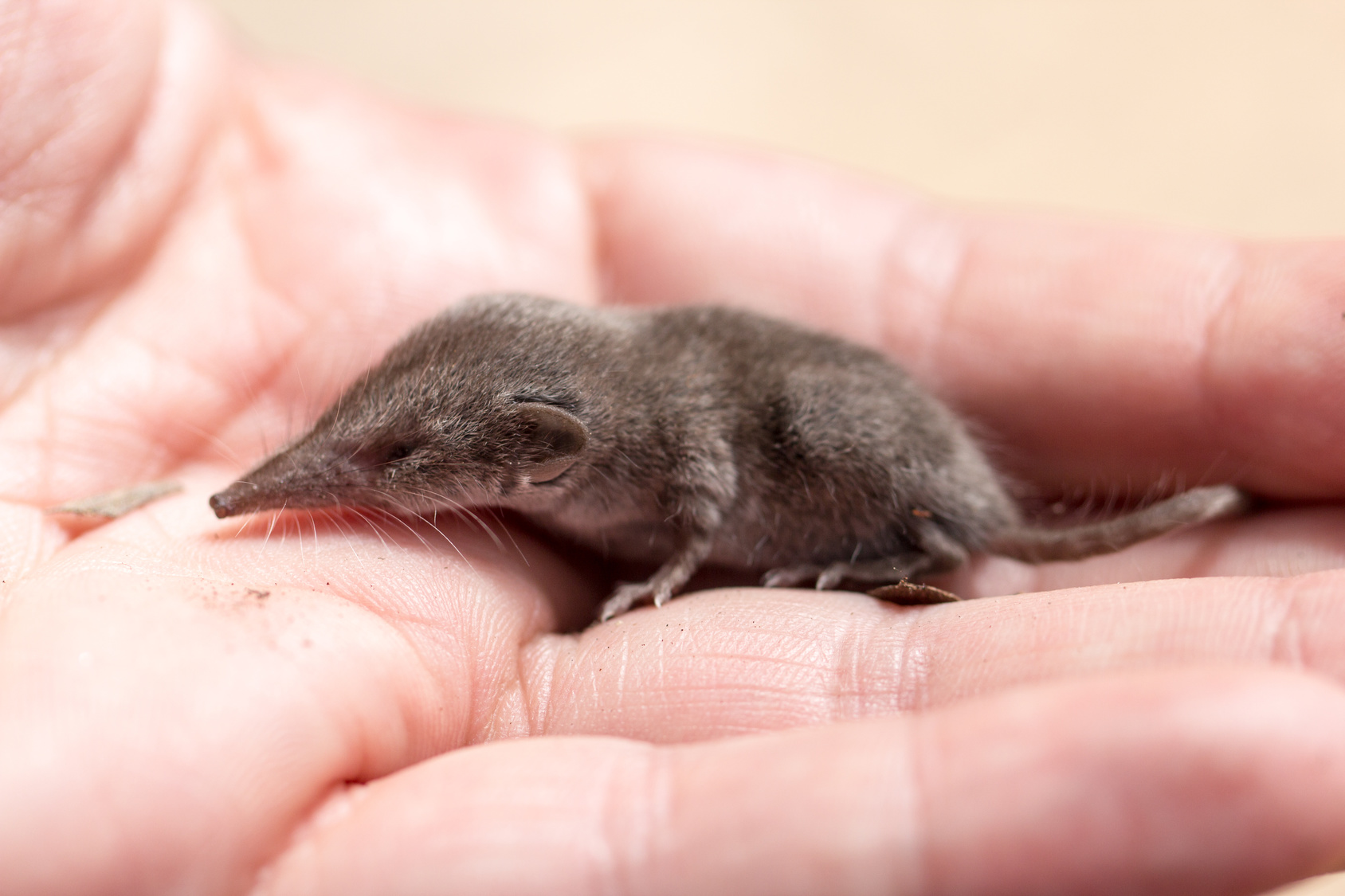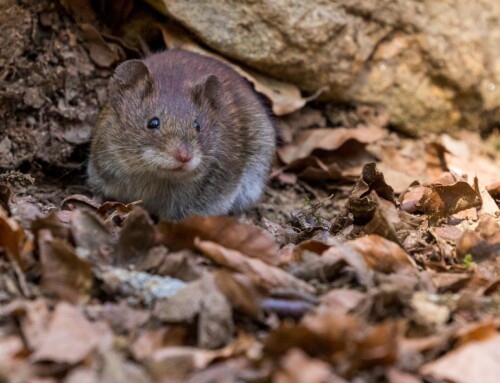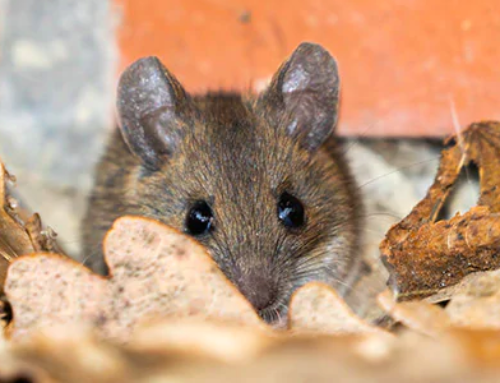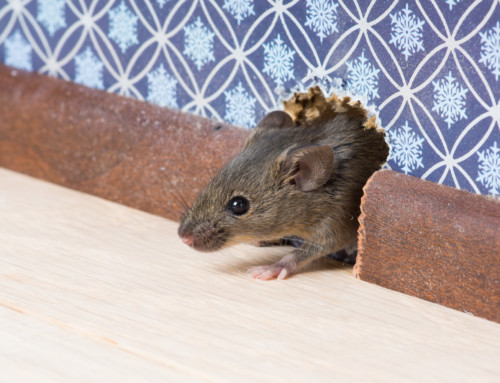More times than not, when an individual notices a small animal scurrying across their floor, they immediately assume that it is a mouse. In some cases, these small critters are later noted to be shrews. It may come as a surprise that shrews are not a member of the rodent family, like the common mouse. Mice are bigger than shrews and they also have larger eyes, tails, ears and a much shorter snout. Nonetheless, it can be very nerve-wracking spying one of these critters in your home because if there is one, it is almost certain that there are more. In saying so, it is imperative that you contact Varmint Gone for rodent removal as soon as one is spotted because these miniscule animals can cause damage, whether it be to your home or to your health.
Shrews are drastically different from mice. In addition to their sharp teeth and long snouts, they also have poisonous saliva that is delivered to their enemies by grooves in their teeth. They feed on food sources ranging from seeds and insects to small rodents. Shrews also give birth to about 3 litters, each year, with 5 to 7 babies in each litter. Mice, on the other hand, live very different lives. Mice are non-venomous, feed on mostly plants and can have up to 150 babies, each year! Regardless of their varying differences, mice and shrews can pose numerous health risks and damage to your home.
The house shrew carries rat fleas, which can host the plague bacillus. Ultimately, the numbers of shrew are usually low and risk of plague transmission is minimal. They are typically smelly, noisy and on occasion, will also destroy food items in a pantry. The household mouse, on the other hand, can cause more damage than the shrew, almost 10 fold. With mice populations being rather large, they can cover a huge portion of one’s’ home, rather quickly. Mice are carriers of disease, bacteria and parasites. Breathing in dust that has been polluted by mice feces or urine can lead to a viral infection, known as LCM, which can cause neurological issues. It is also critical to understand that mice can chew through insulation and electrical wiring which can lead to high electric bills and pose a risk for fire.
So, what does one look out for? In both cases, whether you have a mouse or a shrew problem, the signs are relatively similar. First and foremost, sounds such as gnawing and squeaks, climbing in walls or running across surfaces, may be heard. One may also spot nests, made of fibrous material. Additionally, a foul odor or small, black droppings may be noticed throughout one’s home. As previously stated, it is highly important to eradicate the problem, quickly.
Varmint Gone Anchorage identifies all entry points, evicts or exterminates any existing rodents
and seals all holes in the home or business. An unprecedented one-year warranty also comes with all repairs and construction exclusion work upon completion of the project. Schedule an inspection with the specialists at Varmint Gone Anchorage to help assess your mouse or shrew
situation, today!





